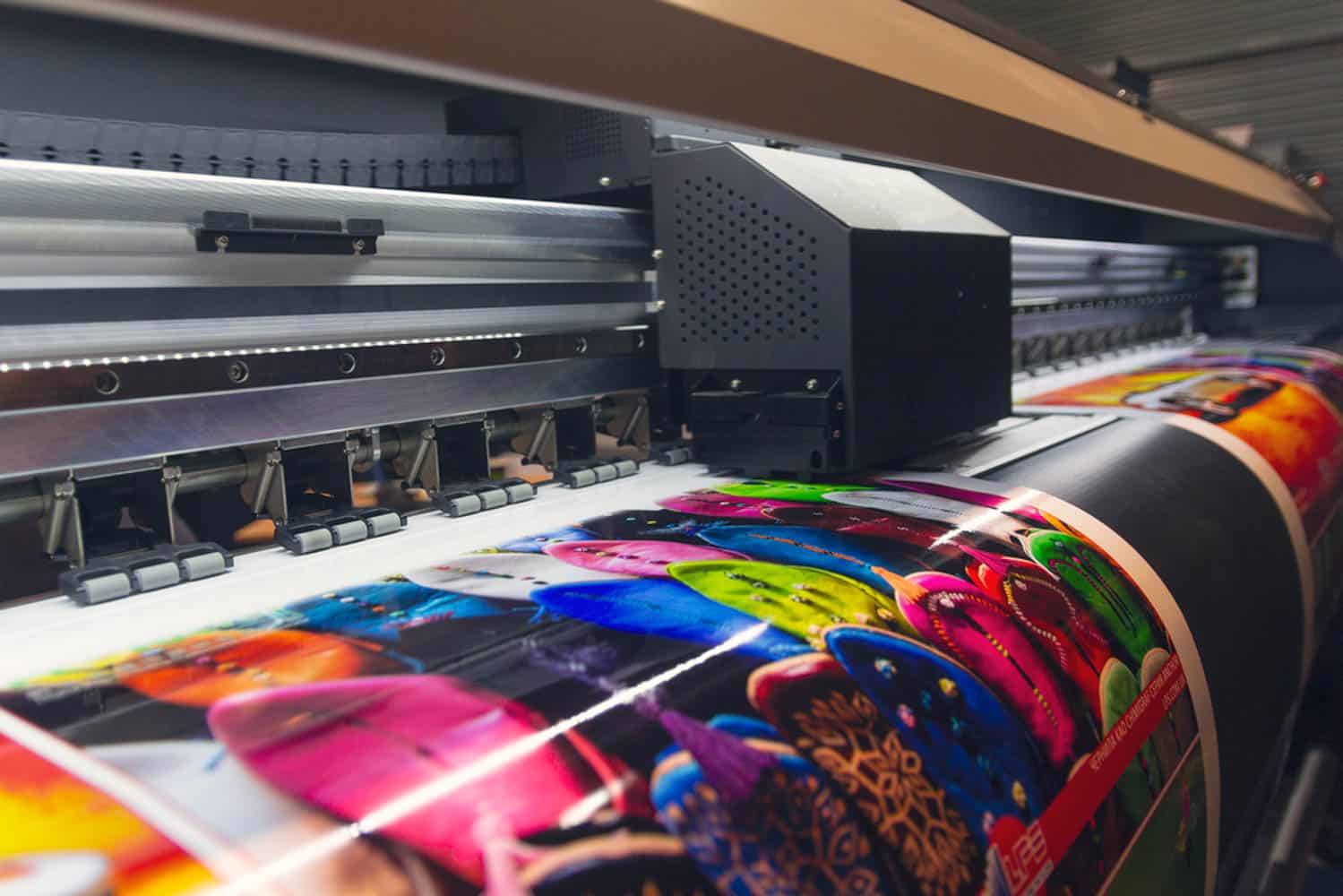Sustainable brands are exploring sustainable ways to do print on demand.
Sustainable brands are exploring sustainable ways to do print on demand.
Blog Article
Comprehending Just How Digital Printing Revolutionizes the Printing Sector
The printing sector, long steeped in conventional techniques, is going through an extreme improvement with the development of electronic printing. With its prospective to spur interaction via customized content and to supply sustainable solutions, it's clear that electronic printing is more than a technological innovation; it's a pivotal game changer.
The Advancement of Digital Printing: A Brief Introduction
Given that its creation, digital printing has actually undertaken substantial makeovers, continuously revolutionizing the printing market. With the arrival of the 90s, electronic printing technology began to develop, and the market experienced the introduction of straight imaging presses, which got rid of the requirement for printing plates. As the brand-new millennium unfolded, innovations in technology better stimulated the development of digital printing, leading to the creation of high-speed inkjet printers.

Unboxing the Modern Technology Behind Digital Printing
Delving into the ins and outs of digital printing technology, one encounters an abundant tapestry of innovative equipment and complicated algorithms. At the heart of this process exists a digital image, which is refined by software application that splits it into a grid of dots. This complex system, reinforced by sophisticated software and high-resolution imaging, has transformed the landscape of the printing industry, leading the way for unprecedented levels of information and precision.

The Benefits of Digital Printing for Services
Understanding the modern technology behind digital printing gives a clear image of its accuracy and information. For companies, this equates right into various benefits. Digital printing offers unmatched speed, allowing companies to satisfy limited due dates without compromising on quality. Next, it reduces costs as there are no plates or physical configuration, making it excellent for small-volume printing tasks. This innovation provides premium consistency with each print outcome, getting rid of variants commonly seen in typical approaches. Electronic printing is environmentally pleasant, utilizing less ink and generating much less waste. Nonetheless, important source the full capacity of digital printing is realized when utilized for personalization and customization, More hints a subject that will certainly be covered detailed in the next area.
The Duty of Digital Printing in Customization and Personalization
While conventional printing techniques battle with modification and personalization, digital printing masters these areas. It permits the easy change of styles, without the need for pricey and time-consuming plate changes (print on demand). This enables companies to customize items to specific customers, conference certain demands and boosting client fulfillment
Digital printing additionally enables variable information printing, where components such as text, graphics, and images may be transformed from one published item to the following, without slowing down the printing process. This is specifically helpful for straight advertising campaigns, where customized messaging can substantially improve feedback rates. This way, digital printing not just reinvents the printing sector however also transforms the means companies interact with their clients.
Analysing the Environmental Impact of Digital Printing
Although digital printing has been admired for its duty in personalization and personalization, it is essential to examine its environmental effect. Digital site here printing can be much less wasteful than conventional methods, since it runs on a 'print as needed' basis, getting rid of the requirement for large print runs that can lead to surplus and waste. Furthermore, it uses fewer chemicals and creates much less unpredictable natural compounds (VOCs) contrasted to balance out printing. Nonetheless, the energy use of electronic printers can be high, bring about raised carbon impact. Furthermore, the use of non-recyclable printing elements and the challenge of e-waste monitoring present considerable environmental issues. As a result, while digital printing has numerous benefits, its environmental influence should be diligently taken care of.
Conclusion
In final thought, digital printing has actually changed the printing market, supplying rapid, cost-effective, and high-grade options. It assists in modification, enhancing client involvement, and utilizes a lasting print-on-demand version. As this innovation continues to evolve, its impact on company communication, client satisfaction, and environmental sustainability becomes increasingly profound. Understanding these changes is essential for businesses to utilize the benefits of digital printing properly.
Report this page